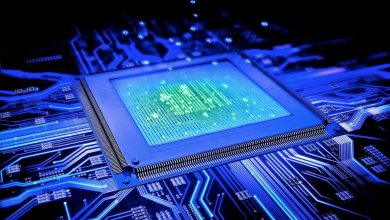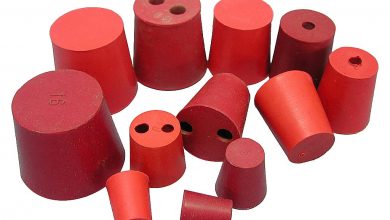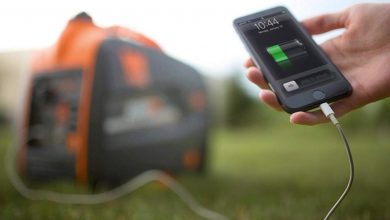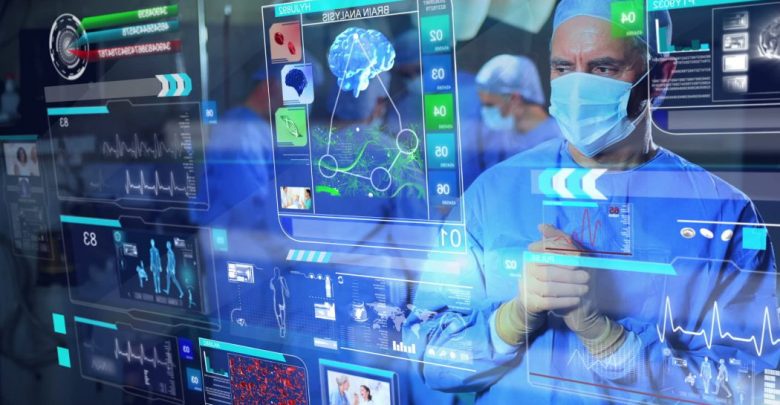
Today’s world offers the general population evolving technology and exciting gadgets that constantly make our lives better. Healthcare is also experiencing the benefits of integrating technology into its most common practices. Medical providers and patients are trying out new tools and new methods that utilize the best resources in order to elevate care and potential outcomes. Be on the lookout for newer and more innovative uses of technology at your doctor’s office, hospital, or other medical care facility.
Remote Medical Care:
Something that is starting to increase in popularity recently is remote medical care. Also known as telemedicine, more healthcare providers are turning to this convenient route of diagnosing minor health problems or routine illnesses. Instead of having to take off time from work or school and come into the doctor’s office, telemedicine allows a patient to access healthcare directly from a phone or a computer. In this situation, a medical doctor can provide a diagnosis by speaking to the patient or by using a video conference app and then give a prescription for relief.
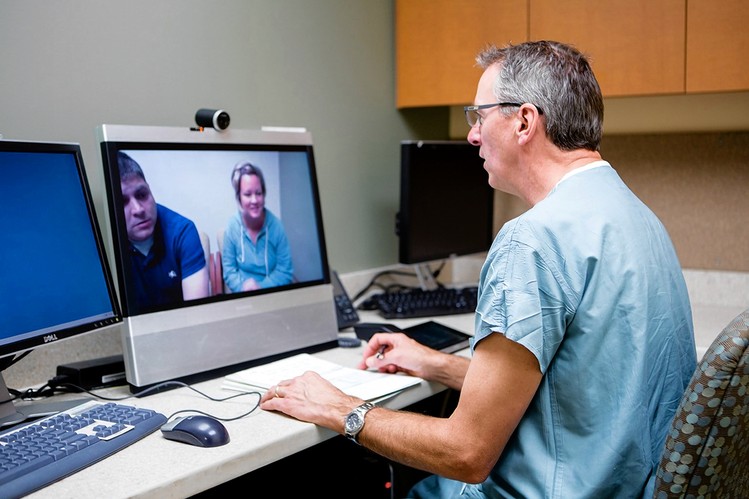
Robotic Surgery:
Innovations in surgical techniques are constantly being added to surgeons’ arsenal of tools that help them achieve better and less invasive results. Robotic surgical techniques have been around for a few years and continue to make strides in helping patients during operations. Using the help of a robotic machine, a surgeon can get the benefit of a greater amount of precision while also using a smaller incision. This can help the patient experience less recovery time and fewer instances of post surgical infection.
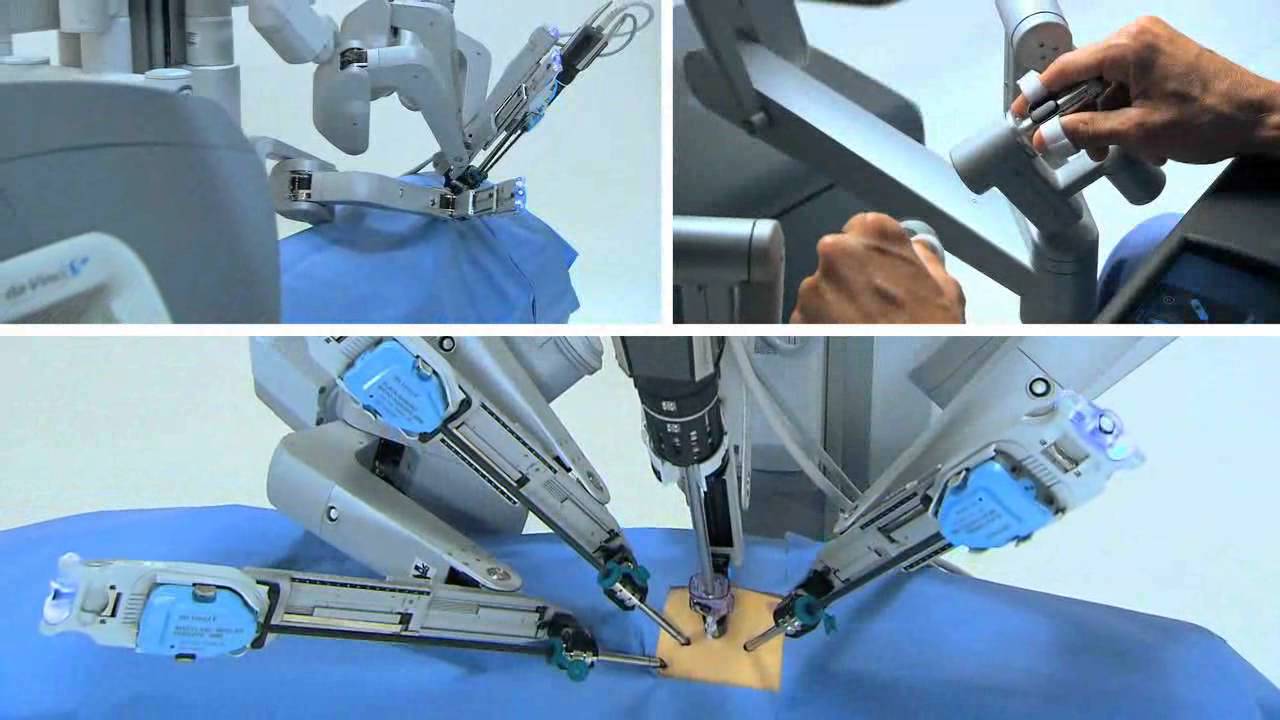
Customized Genome Care:
One technology that is beginning to gain ground slowly in the medical community is customized medical care based on genomics. Genomics uses a patient’s DNA profile in order to diagnose, treat, and assess risk for conditions. Instead of offering a general treatment approach, the patient’s individual genomic profile is analyzed and the next steps are indicated. Today, this approach has been seen in preventing the instance of certain cancers based on the presence of specific DNA mutations. A person’s DNA can also be used in pursuit of a medical breakthrough for a cure to certain diseases.

Medical Mobile Apps:
The smartphone is now starting to make a huge impact in the type of medical care that patients receive. With the increase in medical mobile app development, patients are increasingly getting new ways to promote healthy living and prevent problems from becoming an issue. Today, there are ways to use your smartphone in order to take your blood pressure, take your temperature, analyze skin issues, conduct an electrocardiogram, or even get a consultation with a physician about a bothersome issue.

Health Sensors:
For those suffering from chronic diseases, one new technology that is offering patients promise is the development of the electronic health body sensor. These items, which can be easily integrated into one’s clothing, offer both the patient and the doctor reassurance about specific health problems, such as heart rate, blood pressure, insulin levels, or other important numbers related to well-being. Data can be constantly measured and instantly sent to a person’s physician for trend analysis. This gives doctors a better way to see a person’s overall status over time.
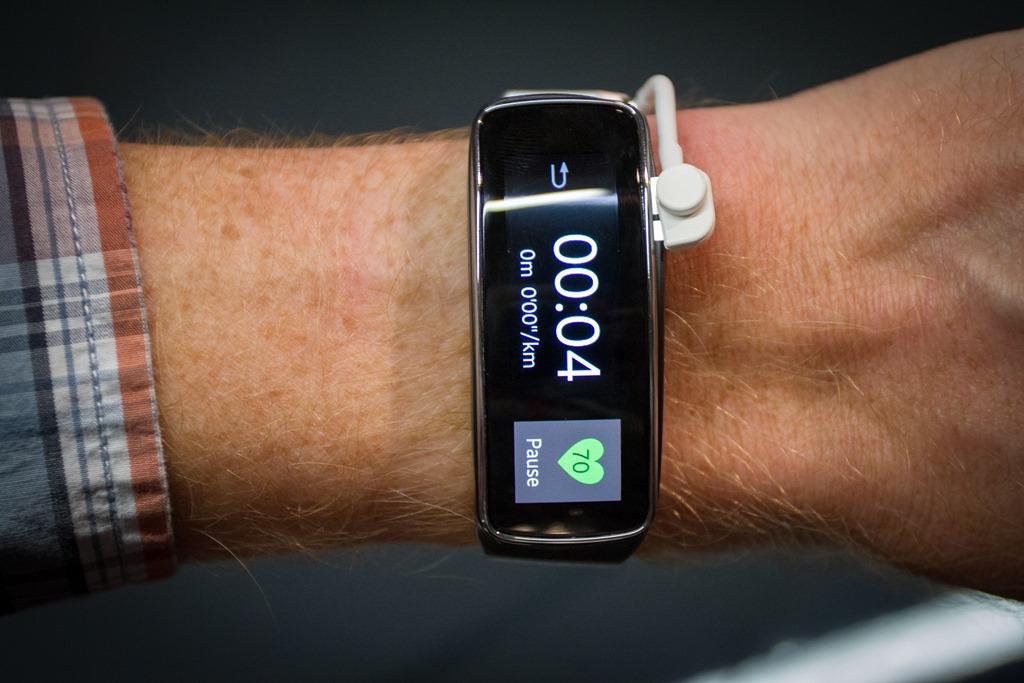
RFID Drug Technology:
Radiofrequency Identification drug technology, or RFID, is a new way that the Federal Drug Administration is using in order to keep better track of prescription drugs. With prescription drug abuse on the rise, people in the healthcare community continue to look for ways to monitor the safety of these powerful ingredients. Healthcare executive Marcia Radosevich continues to help companies lead the way to incorporate this powerful technological tool into prescriptions, leading to more accountability and less room for misuse.
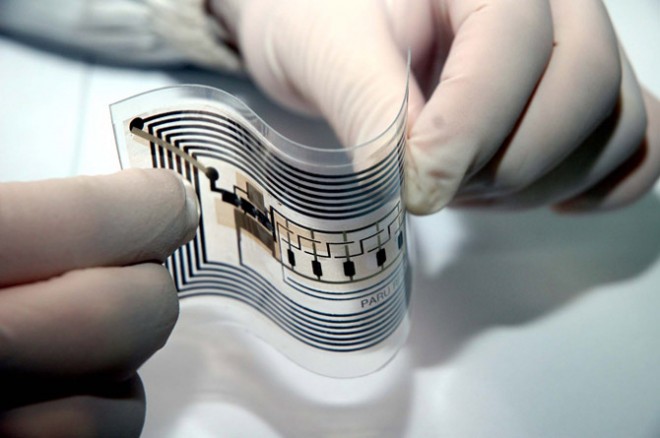
3D Printing:
Medical technology is also starting to benefit from the prevalence of the 3D printing industry in today’s world. This amazing technology is revolutionizing the way that medical providers are solving their most difficult problems in medicine. One way that 3D printing is helping patients is by providing a cheaper way to manufacture intricate medical devices. Additionally, the 3D printing process is now able to create skin grafts for some victims of serious burns. Today, researchers continue to investigate ways to use 3D printing to recreate parts of the body, such as ears, kidneys, and lungs.
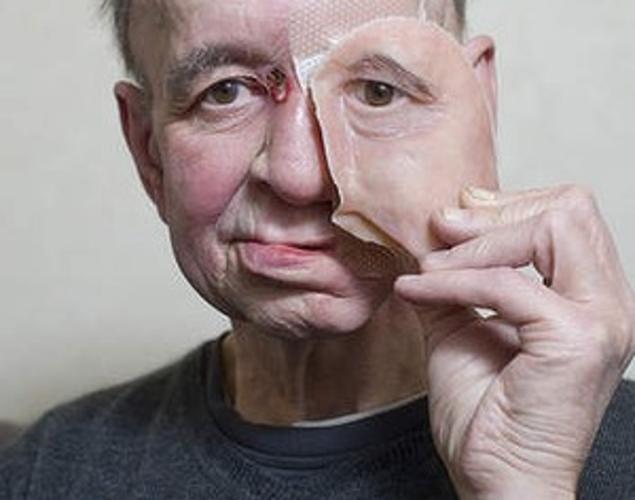
Powerful Prosthetics:
With the advances made over the past few years in materials, methods, and innovation, the medical prosthetic industry has made significant strides in making lives easier for those needing these devices. Today, robotic technologies have made a huge impact on the development of artificial limbs or hands.
Patients are getting access to more mobility and more ease of use as these devices continue to evolve. Medical researchers are looking even further down to road in order to make it possible that a prosthetic is seamlessly integrated within the brain and nervous system some day.
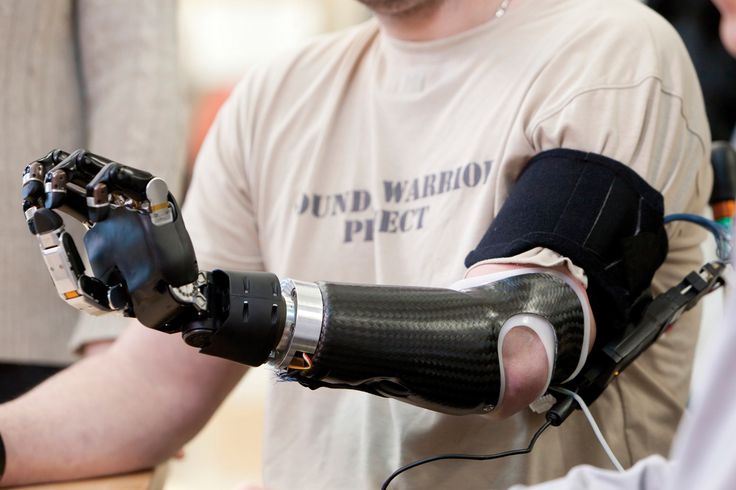
Healthcare continues to benefit from the increased role of technology in patient care, diagnosis, and treatment. New, innovative solutions that come from doctors, corporations, researchers, and developers are going to continue to make lives easier for those who are afflicted with various conditions or those who are simply trying to support a healthy lifestyle.


